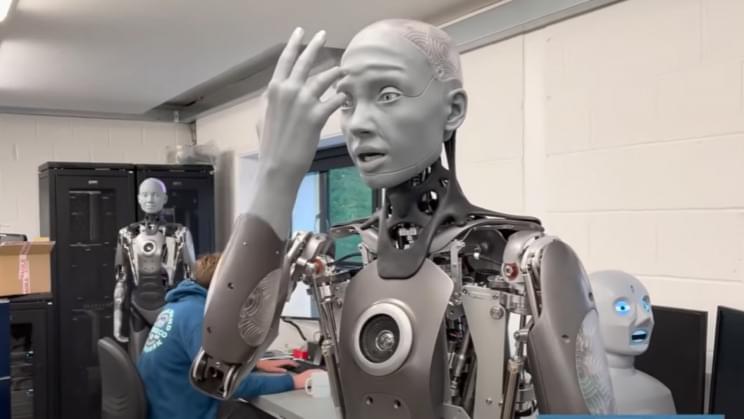Dec 3, 2021
Physicists just gifted us ‘quantum spin liquid,’ a weird new state of matter
Posted by Quinn Sena in categories: particle physics, quantum physics
This, combined with the esoteric rules of quantum mechanics, means that the spins are constantly in different positions at once. If you look at just a few particles, it’s hard to tell whether you have a quantum liquid or, if you do, what properties it has.
Quantum spin liquids were first theorized in 1973 by a physicist named Philip W. Anderson, and physicists have been trying to get their hands on this matter ever since. “Many different experiments…tried to create and observe this type of state. But this has actually turned out to be very challenging,” says Mikhail Lukin, a physicist at Harvard University and one of the paper authors.
The researchers at Harvard had a new tool in their arsenal: what they call a “programmable quantum simulator.” Essentially, it’s a machine that allows them to play with individual atoms. Using specifically focused laser beams, researchers can shuffle atoms around a two-dimensional grid like magnets on a whiteboard.


















